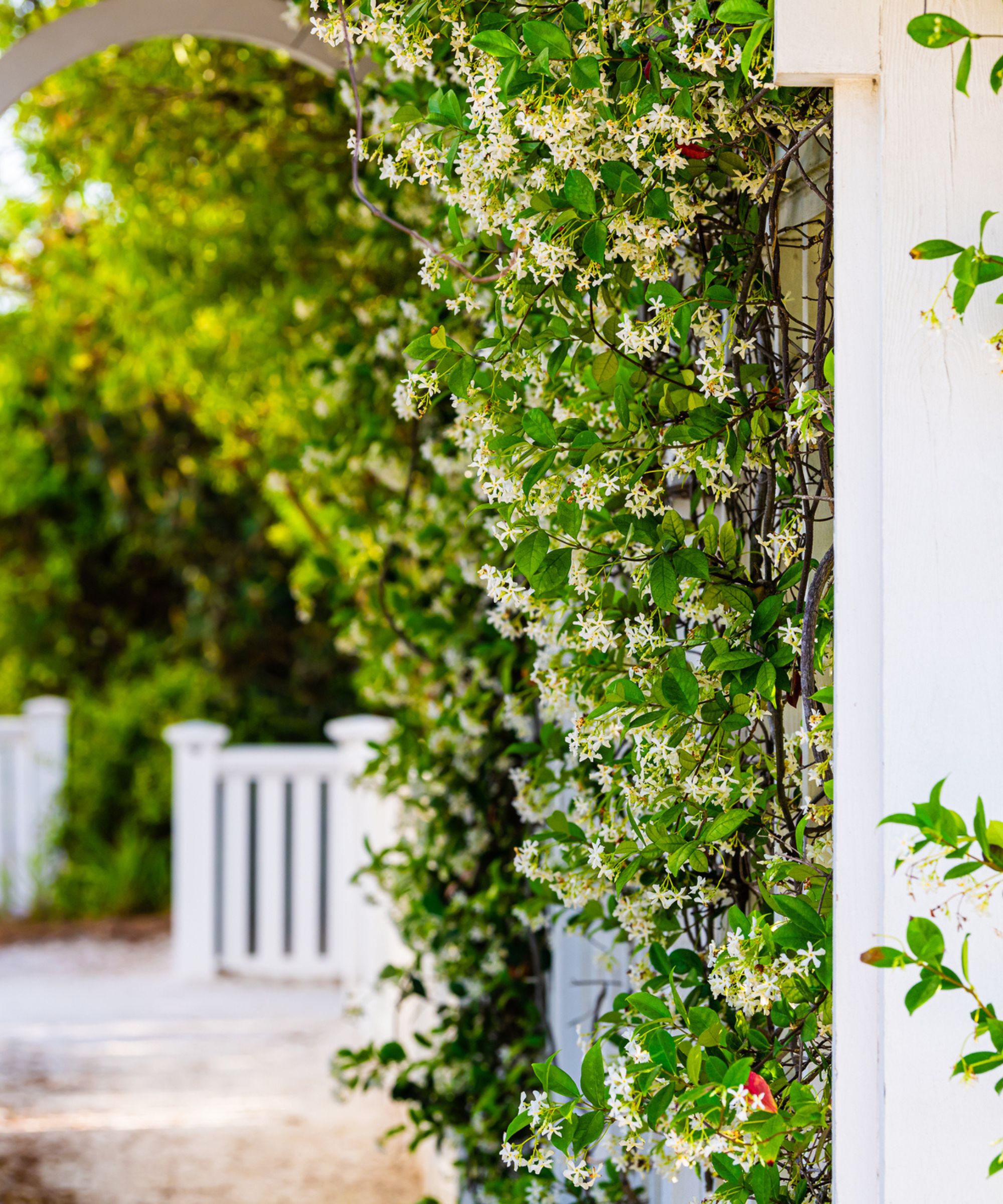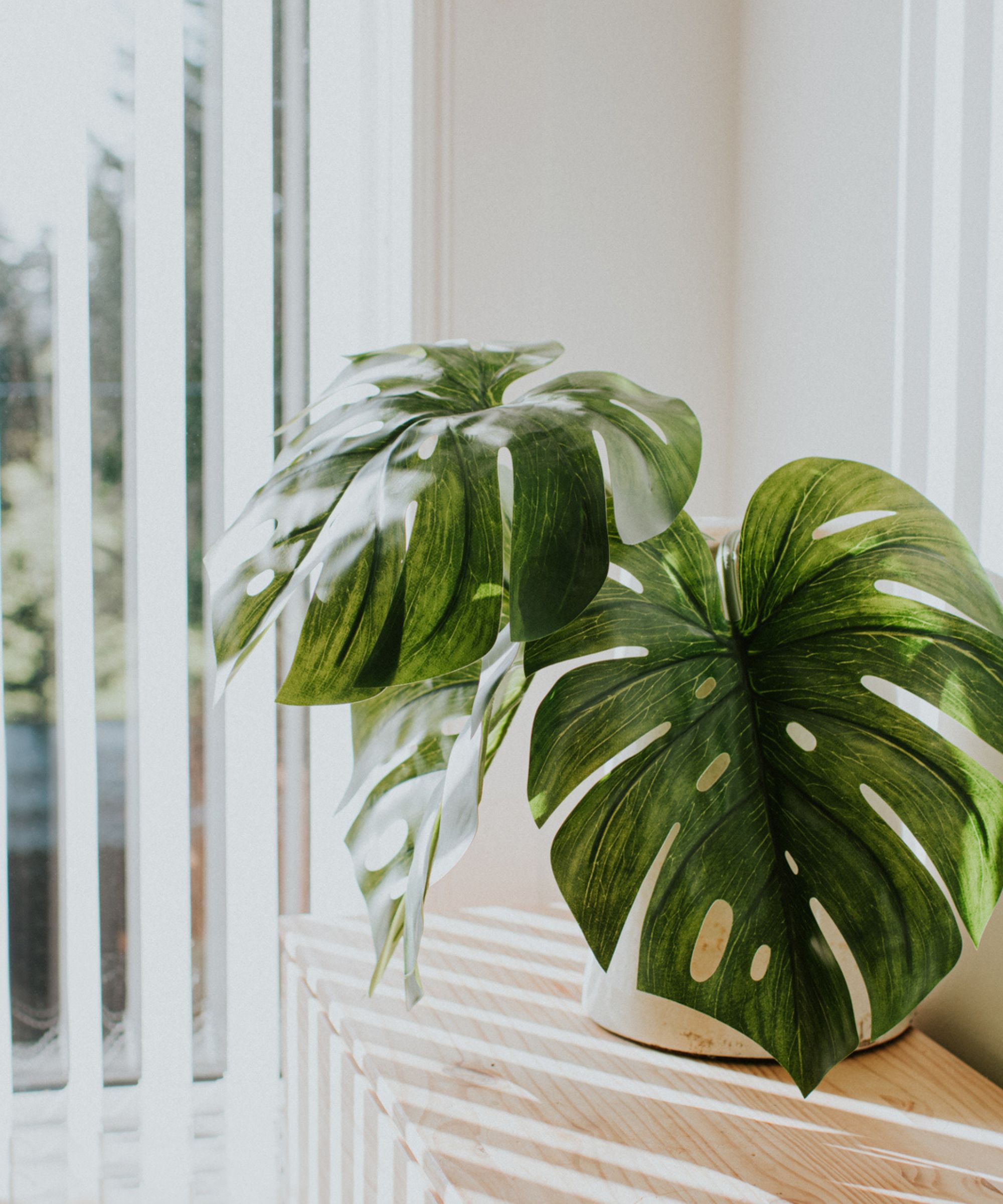How to cool down a house without AC — 8 techniques to try this summer
Experts explain how to cool down a house without AC with these clever tips and tricks


You might want to find out how to cool down a house without AC if you're sweating it out in your place and wishing for respite from the summer heat.
I've asked home improvement experts for their top tips on how to take the heat down a notch. From quick fixes like opening doors cleverly to long-term solutions such as landscaping outdoors, there are so many ways to do this.
For those who have reached for the best fans and not had any luck, it's worth trying alternative methods for cooling down your home. I know the pain, and I'm here to help you gain your comfortable house back.
Eight expert ways to cool down a house without AC
Even if you've learned how to cool down a room, you still might be struggling to apply the same techniques to your whole house. We've got you covered with plenty of tips on chilling out indoors without AC.
Our experts have recommended specific buys throughout, which we have curated highly-rated quality picks from trusted retailers for.
All prices correct at time of publication.
1. Make fans work double

For those wondering how to cool down a house without AC, one of the best things you can do is make your fans work harder for you.
Get small space home decor ideas, celeb inspiration, DIY tips and more, straight to your inbox!
One hot tip is to keep one on the floor so that it pushes cooler air around your home, something Real Homes deputy editor Emily Lambe swears by. Use another fan facing an open window (temperature allowing) to push warmer air out. This is a great idea to try when sleeping when it's hot.
If this still isn't working for you, you might want to invest in a fan that will serve you long-term. I have the Dreo Pedestal Fan that's available from Amazon and love how quiet and powerful it is.
Make sure to work out the cost of running a fan to help you budget.

Size (in.): H30 x W8.7
Made from: Metal
Price: $354.99
This is pricey, but if you're looking for a long-term solution to keeping your home cool without AC, this is it. The Dyson HP04 is our top-rated fan that we've tested, thanks to the fact it can cool in the summer, act as a heater in colder months, and purifies the air on pollen-filled days. It also has a fully-sealed 360° filter system.

Size (in.): H27.17 x W16.18 x D13.03
Made from: Metal
Price: $319.95
If you want to go one step further than a fan, this portable air conditioner is a great choice, as it can be wheeled throughout your house and come with you to your next property. Amazon shoppers love the easy-to-use LED display, the oscillating vents that direct airflow, and its cooler, fan, and dehumidifier functions.

Size (in.): H14.4 x W12.1 x D8.4
Made from: Metal
Price: $99.99
Looking for quick buys to help you stay cool in the summer? This is a fab choice. When reviewing this fan, we found it was incredibly efficient at cooling down large rooms quickly, considering its budget-friendly price. It can move air up to 70 feet and cool spaces from 300-500 sq. ft. We also loved how quiet it was, making it a great alternative to turning the AC on at night, which can be much noisier and more costly.
2. Open windows only when it's cooler

I know how tempting it can be to want to open your windows when your home feels sticky and stuffy. But don't do it!
“While our first instinct is to let in the fresh air and open the windows, if it’s hotter outside than your home, then do not have the windows open all day,” explains Sahar Saffari, interior designer at Hi-Spec Design.
She continues, “The best idea is to open the windows early in the morning and in the evening.”
This way, when it cools down you can let the fresh air in, but whilst the outside air is at its warmest, you don't let it into your home.
3. Open doors tactfully

If you don't live in an open plan space, make sure to keep internal doors open to increase airflow around the home generally — especially when you are able to open windows for ventilation after the hottest part of the day (3-6pm) is over, or the sun has passed that aspect of your home.
For those who have glazed rooms, you may want to consider closing the connecting door to your home, as it will get hot and the heat will transfer.
In these, ensure any blinds are closed where possible and consider a portable air conditioning unit as the heat they trap is tricky to dispel without, and may heat up surrounding rooms.
It's also a good idea to keep children, elderly people and pets out of these areas also as they are more likely to overheat.
4. Be mindful of window coverings

Whether you have blinds, curtains, or shutters, make sure to keep them closed during the day so as to not let excess heat in and to cool down your house without AC. If you live in a two-story home, keep all upstairs windows, blinds and other window treatments closed to keep hot air (which rises) out.
“This may seem obvious, but it’s something many people forget when it’s a beautiful sunny day outside,” Shahar explains. “Your first thought might be to let the sunlight in, but light equals heat, which is a sure way to heat up your home quickly.”
It's also smart to pay attention to the kinds of curtains you have in your home.
“Choosing blackout curtains or reflective blinds can help block out additional heat,” says Jiri Smetana, home improvement expert at PuroClean. "During our work, I've often recommended using reflective blinds, which are a cost-effective way to keep the home cooler during intense summers."
For example, the ChrisDowa Blackout Roller Curtains on Amazon come in five different colors, block out sunlight and UV rays, and are easy to install.
5. Reduce use of large appliances

When it's extremely warm, it's a good idea to reconsider using your oven when cooling down a house.
In the summer, I only use my air fryers, as they don't generate as much heat as a convection over and are perfect for warming up smaller foods to go with fresh summer salads. You'll also save money on your energy bill, too.
As well as these, it's worth reducing the use of your dishwasher and washing machine, as they generate heat, too. If it's a must, choose shorter cycles or run when it is is cooler outside (evenings and overnight) so that you are able to let some of the heat escape through the windows.
In Europe, it is perfectly normal to see fresh laundry hanging on balconies and in backyards as soon as the sun makes an appearance so you could skip the dryer and grab yourself a budget clothes airer to hang your washing on outside.
The Costway Laundry Clothes Storage Drying Rack from Target has plenty of space, will take just over 26 lbs of wet clothes, and can be folded away when not in use.

Size (in.): H11.73 x W9.02 x D11.38
Capacity: 2 quarts
Price: $59.99
You might have seen this air fryer on TikTok, as it's a fave on the app thanks to its small size and cute color. When reviewing the Instant Mini Vortex, we found that it was incredibly lightweight, easy to clean, and brilliant for cooking sides. It even remembers your last-used setting.

Size (in.): H12.4 x W13.86 x L15.6
Capacity: 8 quarts
Price: $178.95
With this two-drawer device, everyone can enjoy what they want for supper (and eat at the same time). Other air fryers offer this option, but this is the OG and our favorite. We liked that you can set the timer and temperature quickly, its energy efficiency, and its six cooking functions that will allow you to sizzle to perfection.

Size (in.): H12.8 x W10.8 x D14.8
Capacity: 4 quarts
Price: $99.99
For those in small families or living with a partner, this is just the right size for making fewer portion sizes. The smart control system lets you monitor your food's progress, find recipes, and more, all from a clever app on your phone. If you have a smart speaker, you can even try voice-activated cooking.
6. Add shade outdoors

If you have ample outdoor space, you can bring in tall garden plants or even garden screening to dampen the sun's rays on your property and to cool down your home without AC.
“Planting trees or installing exterior shades can block direct sunlight from hitting your windows and walls,” explains Kristin Hintlian, home improvement expert and co-owner of Bonsai Builders.
“In Massachusetts, we’ve seen a 15-20% reduction in interior temperatures by adding pergolas with climbing plants or shade sails over patios,” she adds.
Light equals heat, so being able to keep your house in the shade is an ideal way to keep it cool.
7. Upgrade your windows

Investing in high-quality windows designed for energy efficiency can make a big difference when keeping a home cool without AC.
“For example, using double-glazed windows with a low emissivity (a surface's capacity to emit heat by radiation) coating reduces heat transfer,” Kristin explains.
Many US homes come with these pre-installed, but if your home doesn’t, it may be time to upgrade.
A renter-friendly fix would be adding heat-repelling film, such as Amazon's Choice and bestseller, Coavas One Way Privacy Window Film Reflective Window Film, which reflects UV rays and blocks the sun's heat. It's rated 4.4/5 stars by over 9600 customers and is cheap, too.
8. Utilize fans installed in the home

As well as bringing in portable fans, you cool a house without AC by turning on existing house fans and installing new vents.
“Using kitchen and bathroom exhaust fans can help remove heat and humidity,” Kristin says.
Jiri suggests installing attic fans, as these can significantly reduce indoor temperatures by expelling trapped hot air. “I've seen homes become noticeably cooler just by adding ridge vents to improve airflow in the attic."
By learning how to keep a home cool without AC, you can properly enjoy relaxing in your home even with the sun shining brightly.
For those who aren’t dealing with a whole house, learning how to keep a top-floor apartment cool in summer may come in useful, instead.

Hi there! I’m the former content editor at Real Homes and I'm now a freelance journalist.. I've been a lifestyle journalist for over five years, previously working as an editor across regional magazines. Before this, I graduated from Nottingham Trent University a degree in journalism, along with an NCTJ gold diploma. For Real Homes, I specialized in interior design, trends and finding the best viral buys.